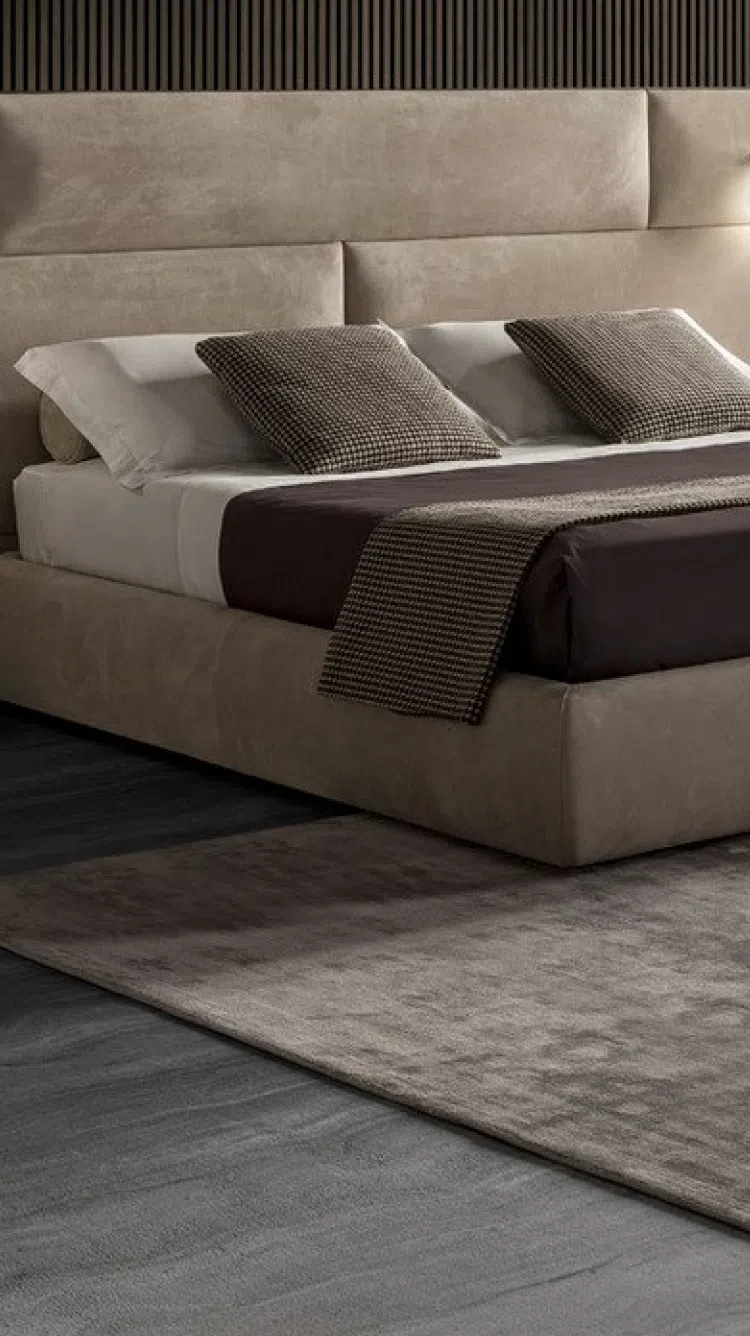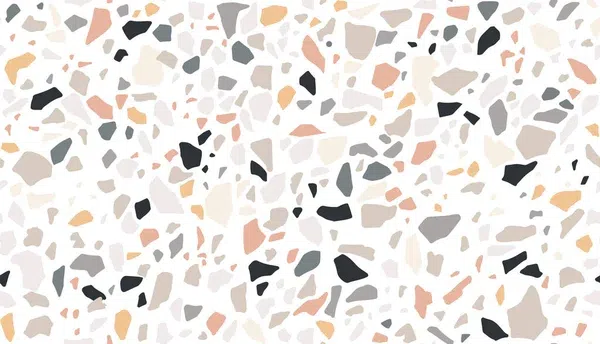Terrazzo is a composite material primarily used for flooring and wall treatments, but it's also been making an appearance in the world of furniture as an attractive and durable option. It is a versatile and sustainable choice that has regained popularity in the design world for its eco-friendly characteristics and unique aesthetic.
Composition Terrazzo consists of chips of marble, quartz, granite, glass, or other suitable material, which are combined with a binder. The traditional binder was cement-based, but with advancements in technology, there are now also polymer (resin) based and epoxy-based binders.
- Cementitious Terrazzo: This is the traditional type made with a cement binder. It is porous and requires sealing to resist stains.
- Epoxy Terrazzo: A thinner set method that uses epoxy resin as the binder, which creates a more durable and less porous surface than cementitious terrazzo. It also provides more versatility when it comes to color choices.
Process The terrazzo is poured in place or precast. For poured in place terrazzo, the chips are sprinkled atop a wet binder, then rolled or pressed to level the surface, followed by curing. Precast terrazzo, on the other hand, is made in controlled conditions and then transported to the installation site. Once cured or set, the surface is ground and polished to a smooth finish that highlights the beauty of the embedded chips.
Use in Furniture As a furniture material, terrazzo offers several benefits:
- Durability: A well-made terrazzo piece can withstand heavy usage, making it suitable for tabletops, counters, and other high-use surfaces.
- Aesthetics: The unique speckled appearance of terrazzo is eye-catching, and with a range of colors and chip types, custom designs are limitless.
- Sustainability: When made with recycled materials, terrazzo can be an eco-friendly option.
- Hygienic: The non-porous surface of some types of terrazzo (like epoxy-based) is easy to clean and resistant to bacteria growth.
- Flexibility: It can be molded into various shapes or used as tiles, making it adaptable to different design needs.
Maintenance Proper care of terrazzo furniture includes regular cleaning with non-acidic cleaners and occasional re-sealing of cement-based terrazzo to maintain its appearance and durability. Epoxy terrazzo requires less maintenance as it's non-porous, but care should be taken to prevent scratches and chips on its surface.
Challenges The production and finishing process of terrazzo can be labor-intensive, thereby influencing the cost. Also, because of its composition, it can be quite heavy, which can present challenges in terms of transportation and installation.
In summary, terrazzo is a highly customizable, durable, and aesthetically pleasing material that offers a blend of traditional craftsmanship and modern design. Its resurgence in the furniture market can be attributed to its timeless appeal and adaptability to various interior styles.



